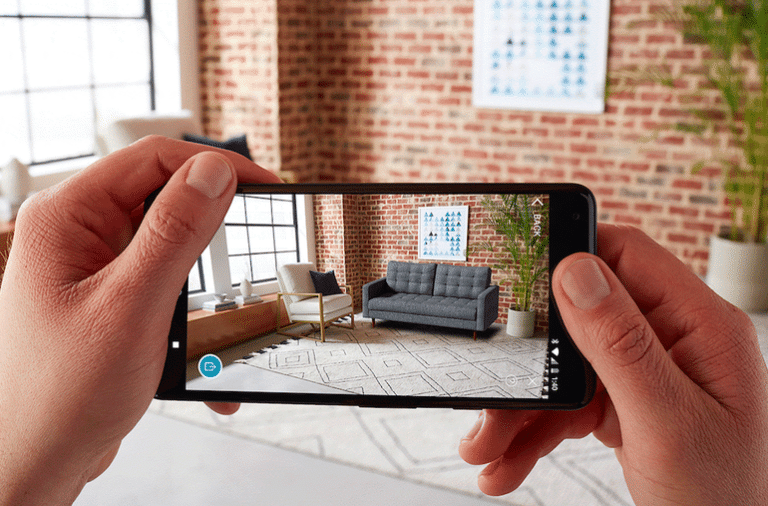
Emerging technologies often follow a common evolutionary path from novelty to utility. It’s all about fun & games before settling into lasting value in everyday mundane utilities. Consider the iPhone’s arc from novelty apps like iBeer and Zippo to staples like Uber and Spotify.
The same happened on the web. After the early 2000’s bubble burst from an inflated atmosphere of grandiose visions, the web eventually reached those elevated valuations… but in a different form. The web’s killer apps are decidedly mundane: search, email, news and productivity.
Mundane sounds like a bad word, but it’s not. The above killer apps have one thing in common: frequency. All-day, everyday use cases aren’t as sexy as the novelties that preceded them, but they breed sustainable business models through sheer scale. They’re things everyone uses.
The question this all leads to is how and if AR will follow this trend. It likewise starts strong with fun (social lenses) and games (Pokemon Go), but we’ve long been bullish on all-day utilities like visual search. Another utility-driven use case already gaining traction is AR shopping.
Camera Commerce
With that backdrop, we continue to see signs that AR shopping — or what we call camera commerce — is driving real consumer engagement and brand value. The latest comes from a Snap/Delloite report* that estimates global AR shoppers to stand at 100 million in number.
Camera commerce also produces tangible results as we examined in recent case studies and data roundups on performance metrics. The Snap/Deloitte report validates these findings by reporting that AR-based product visualization can boost conversions by 94 percent.
Back to AR’s evolutionary arc, Snap’s report likewise validates that fun rules today but utility-based use cases like shopping have longer-term potential. 76 percent of its survey respondents say they use AR for “fun” but 76 percent expect it to be a practical “tool” in their everyday lives.
Speaking of Snap, it’s been effective in seeding this demand. 3 times more Snap users than non-users report they shop using AR more this year than last year. Signs of Snap’s efforts on this front can be seen in the many shopping-based AR use cases it unveiled at its recent Partner Summit.
Boring Tech
More support for AR shopping’s growth potential comes from eMarketer. Though it’s proving itself in some circles, per the above data, only 10 percent of U.S. adults have used AR to shop, while 35 percent say they’re interested in doing so. Opportunity lies in that demand gap.
Much of AR shopping’s traction so far has been within social apps. This is mostly because Snap and others have cultivated an AR use case that piggybacks on existing and ubiquitous behavior: sharing selfies and multimedia. These activities have been a good launchpad for AR.
The usage and engagement that results from socially-fueled AR formats have in turn attracted brand advertisers. Those brands have also seen strong results, partly due to AR’s inherent interactivity, and partly because of the built-in virality of social channels.
Considering Snap’s AR feature rollouts that expand from selfie fodder to world-facing utilities, AR’s maturation is underway. Google will likewise drive this shift to co-mingle fun/sexy AR with boring/mundane AR. The former is the sizzle but the latter is the steak (read: revenue).
It feels strange to say it, but AR’s moment of realization for success and scale could be when it becomes boring.
*Editor’s note: The author of this article consulted for the cited report’s production. See AR Insider’s disclosure & ethics policy here.

